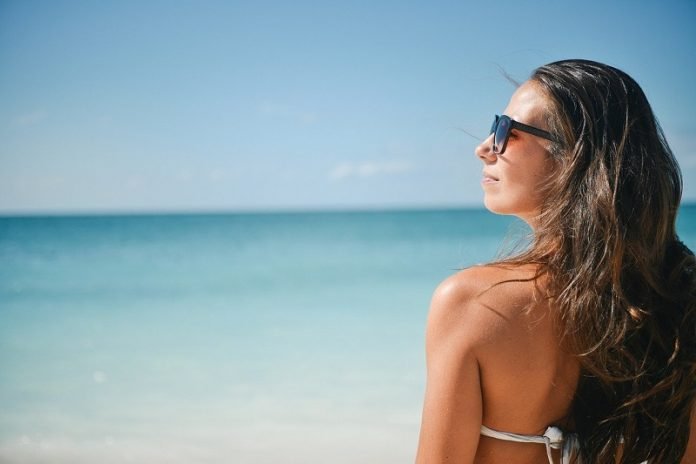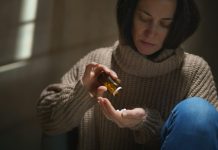
With the arrival of warm weather, and as states begin to loosen months of lockdown restrictions from the coronavirus pandemic, it’s only natural that people are itching to get outside.
But what summer activities are safe during a pandemic?
And with many air-conditioned movie theaters, libraries, restaurants and malls closed or limiting the number of visitors, where can people go to cool down?
In Los Angeles, Phoenix and other communities known for their scorching summer heat, a limited number of cooling centers remain open, although capacity may be limited because of social distancing requirements.
The Centers for Disease Control and Prevention advises those without access to air-conditioned environments to take a cool shower or bath. Electric fans also can help.
“Sponging yourself down with a washcloth and sitting in front of a fan is a last-ditch effort if you don’t have access to air conditioning during a heat wave,” said Dr. Sam Keim, head of the University of Arizona Department of Emergency Medicine and director of the Arizona Emergency Medicine Research Center in Tucson.
“Evaporative cooling is very effective, except in the most extreme humidity.”
Swimming is another surefire way to beat the heat.
Keim believes the risk of catching COVID-19 is low at public lap pools if swimmers take proper precautions such as social distancing, avoiding the locker room and not touching surfaces on the way to the water.
“Use your swim cap as a glove to open any doors, and then douse your swim cap in the water,” he said.
“The chlorine used to disinfect the water is known to be active against viruses. Don’t share a lane with another swimmer because of the proximity of your breathing.”
Even if it’s a hotter than average summer, Keim said the cancellation of mass competitions like marathons and bike races because of COVID-19 could lead to an overall reduction in heat-related illness such as heat stroke among recreational athletes.
On the other hand, more people are outside exercising than in the past. Many of these folks are novices and are not acclimated or aware of the risks.
Additionally, because of social distancing, many people are opting to exercise alone.
“If you’re alone in the heat and incur a heat-related illness, there might not be anyone nearby to help you if you become ill from the heat,” he said.
Keim urged people with heat stroke symptoms to call 911 or go to an emergency room immediately.
Those symptoms include:
– A temperature of 104 F or higher
– Confusion, changed personality or other altered mental states
– Reddish skin
– Nausea and vomiting
– Rapid, shallow breathing
– A rapid heartbeat
– A throbbing headache
For those with less severe symptoms, such as heat rash, excessive sweating and muscle pain or spasms, “an air-conditioned environment is the rescue,” Keim said.
“Heat stroke happens mostly in populations that don’t have access to air conditioning during heat waves” such as the homeless, certain elderly people and children left in cars.
According to Susan Yeargin, an associate professor of athletic training at the University of South Carolina who has researched thermoregulation and hydration, drinking enough liquid is crucial, especially in hot weather.
“If somebody is dehydrated, their heart will be working harder, and it will be pumping out less blood,” she said. “If other risk factors are there, that person is setting themselves up for a bad situation.”
With water fountains and coolers potentially off-limits because of COVID-19, Yeargin recommends people carry an insulated water bottle and fill it with an ice-cold liquid they enjoy.
But avoid alcohol, which can lead to dehydration and cause poor decision-making.
“When you drink alcohol, you’re peeing out the fluid that your body needs,” she said, noting that a person will know they’re hydrated if their urine is a light-yellow color.
Both Keim and Yeargin urged people to follow CDC recommendations to plan exercise and other outdoor activities in the morning or late afternoon when temperatures are lower. If that’s not possible, stay in the shade.
“No matter the activity level, the big thing is doing it at the right time of day,” Yeargin said. “As long as you do it at the right time, everybody can still get outside.”



